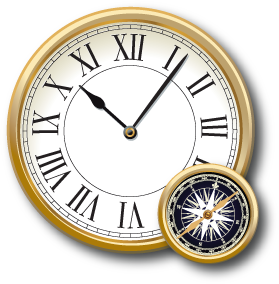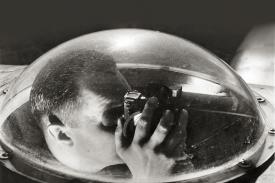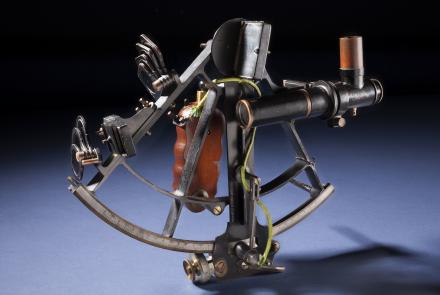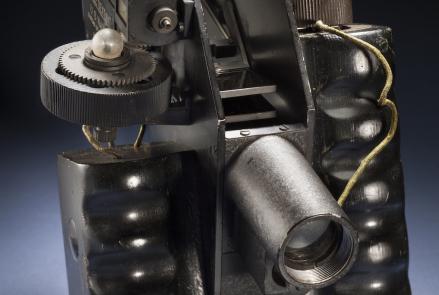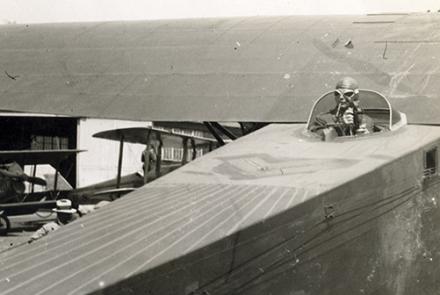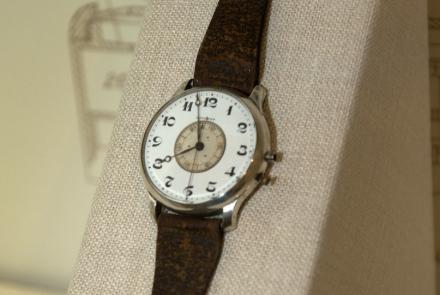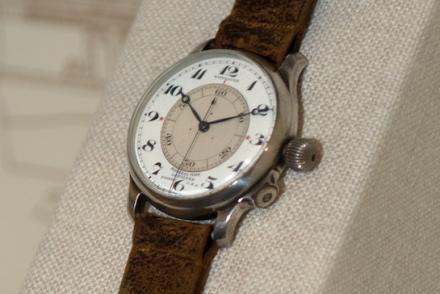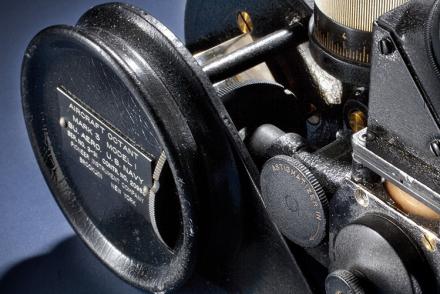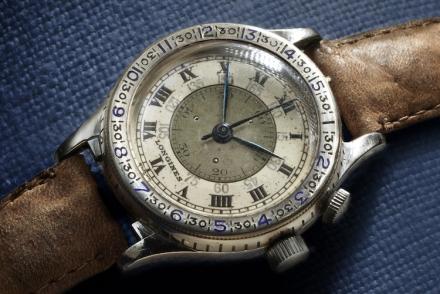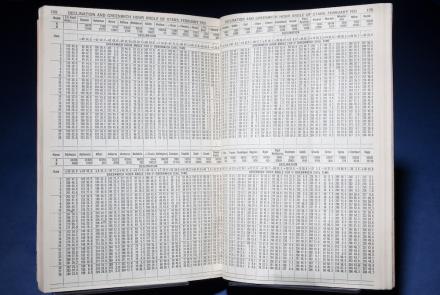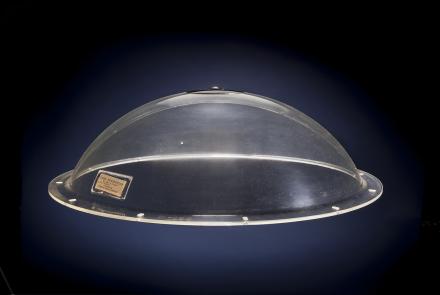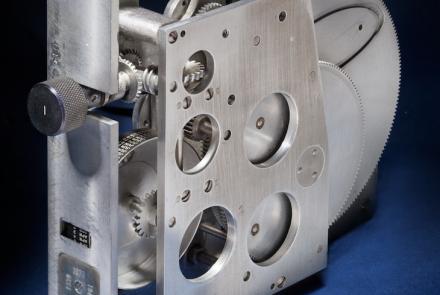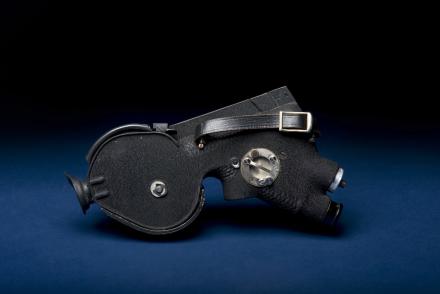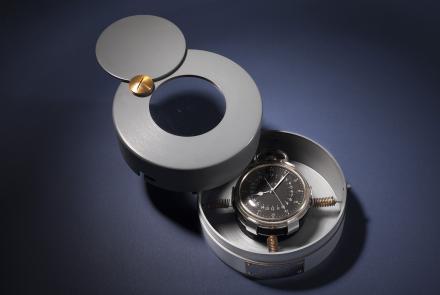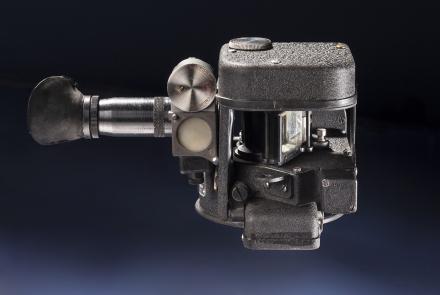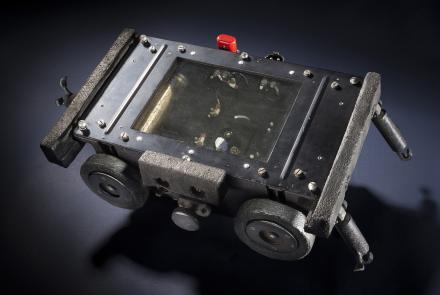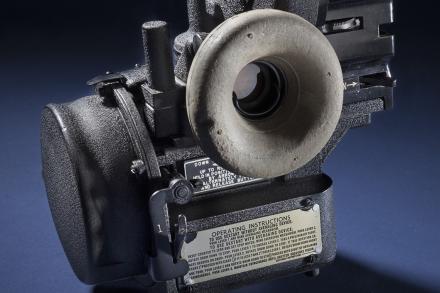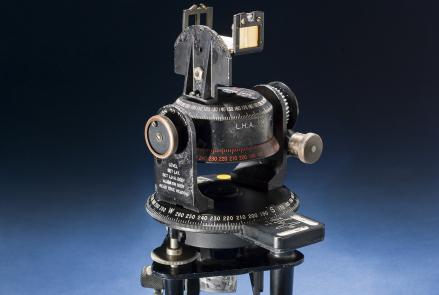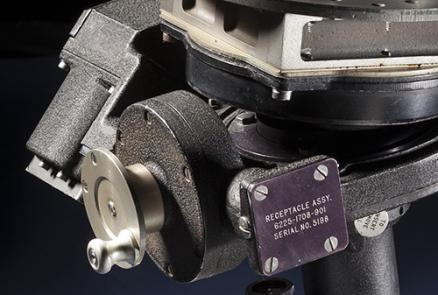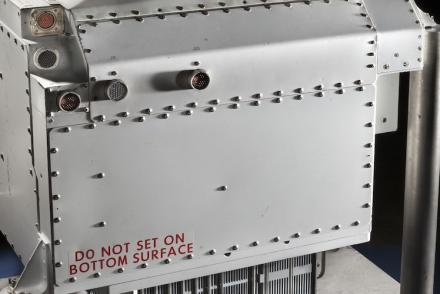Open and Exposed
On most early bombers and flying boats, such as this 1920s U.S. Navy Douglas PD-1, the navigator made sightings from the nose, where his view would not be obstructed by the biplane’s wings and struts. He had no protection from the elements. The force of the wind made his sextant difficult to handle.
TOOLS: Sextants and octants, astrocompasses, Sun compasses, astrographs, tables, line of position computers.
ADVANTAGE: Works anywhere the sky can be seen.
DISADVANTAGE: Requires clear line of sight to celestial bodies in the sky.
CHALLENGES: Requires a high degree of skill or complex automated equipment.


